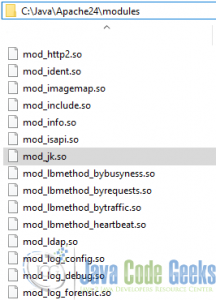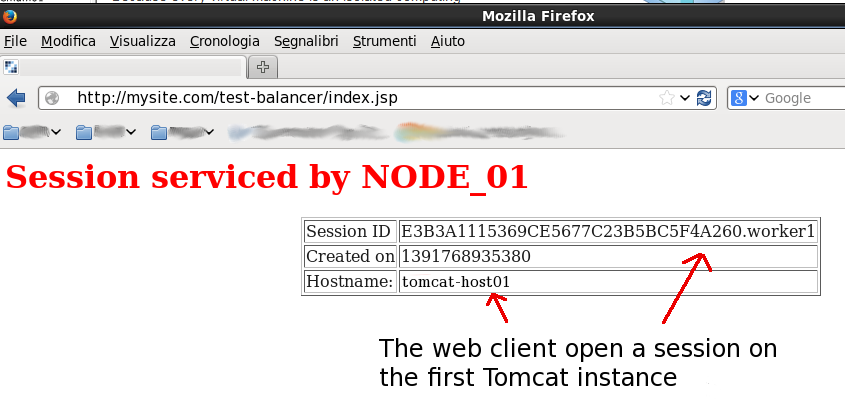

The Apache Comments System is explained here.

If you have trouble and need help, read Find Help page and ask your question on the tomcat-users mailing list.Do not ask such questions here. Modify each element where the IP address is behind a proxy or load balancer. Comments: Notice: This comments section collects your suggestions on improving documentation for Apache Tomcat. If a connector has a configured IP address that is proxied or load balanced and the clientAuth setting is not "true", this is a finding.įrom the Tomcat server as a privileged user, edit the $CATALINA_BASE/conf/server.xml file. Sudo grep -i -B1 -A5 connector $CATALINA_BASE/conf/server.xml Review each element for the address setting and the clientAuth setting.
Apache tomcat load balancing how to#
I have listed following step-by-step on how to configure Apache with Tomcat to configure Load Balancer using Mod Proxy. It’s easy when you follow the sequence, and all goes well. Using the aforementioned documentation, identify each Tomcat IP address that is served by a load balancer or proxy.įrom the Tomcat server as a privileged user, review the $CATALINA_BASE/conf/server.xml file. Configuring Tomcat Load Balancer with Apache web server using Mod Proxy is quite easy. If there is a documented risk acceptance for not mutually authenticating proxy or load balancer connections due to operational issues, or RMF system categorization this is not a finding. If there are no load balancers or proxies in use, this is not a finding. Identify any proxy servers or load balancers that provide services for the Tomcat server. Review system security plan and/or system architecture documentation and interview the system admin. If the site determines that MA is not a requirement, they can document a risk acceptance for not mutually authenticating proxy or load balancer connections due to operational issues, or when the RMF system categorization does not warrant the added level of protection.Īpache Tomcat Application Sever 9 Security Technical Implementation Guideĭetails Check Text ( C-24643r426357_chk ) The site must determine if mutual authentication is warranted based on their system RMF categorization and data protection requirements. Not all Tomcat systems will have an RMF system categorization that warrants mutual authentication protections. To ensure the proxied connection is not spoofed, SSL mutual authentication must be employed between Tomcat and the proxy. To address these issues, a proxy or load balancer can be placed in front of the Tomcat server. Exposing this service to untrusted networks also violates the layered security model and creates elevated risk of attack. However, this HTTP server has performance limitations and is not intended to be used on an enterprise scale. Tomcat does provide an HTTP server that can be configured to make hosted applications available to clients directly. This is done for security and performance reasons. Tomcat servers are often placed behind a proxy when exposed to both trusted and untrusted networks.


 0 kommentar(er)
0 kommentar(er)
